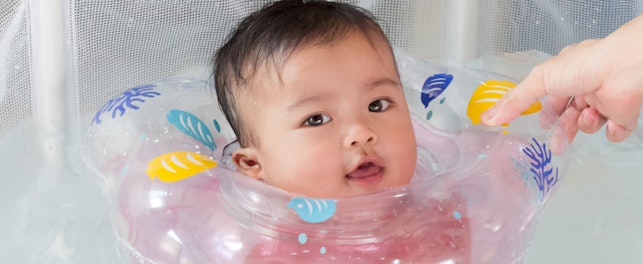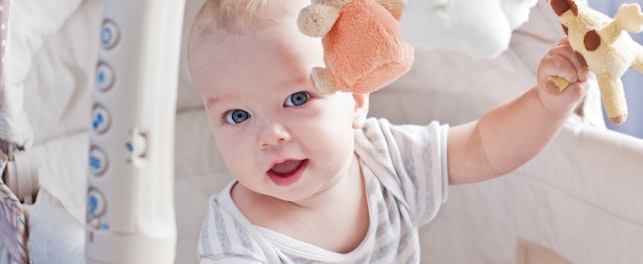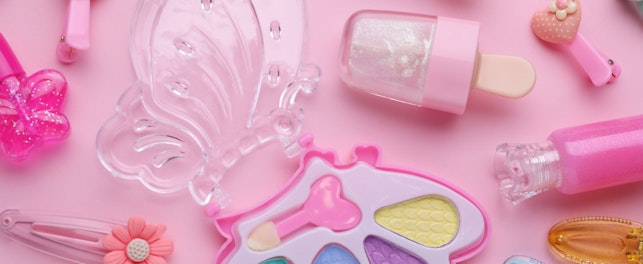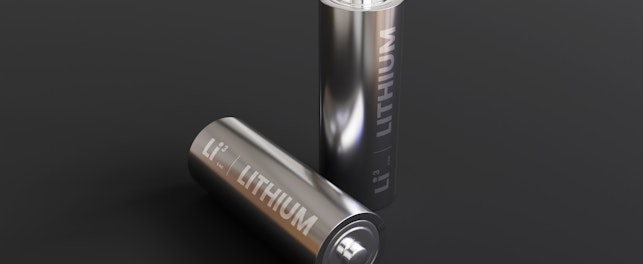The US state of Oregon has announced a Permanent Rule to revise the reporting requirements for children’s products. These became effective on January 1, 2022.
The Toxic-Free Kids Act (the Act) in the US state of Oregon authorizes the Oregon Health Authority (OHA) to establish and maintain a list of High Priority Chemicals of Concern for Children’s Health (HPCCCH) that are used in the manufacture of products for children under the age of 12, and to establish rules governing what manufacturers must do to comply with the Act. These rules and implementation processes were established over three phases.
According to the Act, reporting is required if an HPCCCH is:
- Intentionally added and equal to, or greater, than the practical quantification limit (PQL), or
- A contaminant that is equal to or greater than 100 ppm
An HPCCCH, however, is required to be removed, substituted with a less hazardous alternative, or have a waiver approved by the OHA by January 1, 2022 (or when a manufacturer has made three biennial notifications to the OHA of children’s products containing HPCCCH at or above the de minimis level) if the children’s product falls within any of the following three categories:
- Cosmetics
- Intended for children under the age of three, or
- ‘Mouthable’ as defined under ORS 431A.253(8)
The OHA website has announced its Permanent Rule (PR) in relation to the Toxic Free Kids Rule Revision to Clarify Reporting and Revise Reportable Chemical List. This PR contains several important changes to reporting requirements in the Act:
- Adds five chemicals to the list of HPCCCH:
- Dicyclohexyl phthalate (DCHP, CAS 84-61-7, entry 14 under OAR 333-016-2020)
- Diisobutyl phthalate (DIBP, CAS 84-69-5, entry 16)
- Bisphenol F (BPF, CAS 620-92-8, entry 52)
- Ethylhexyl diphenyl phosphate (EHDPP, CAS 1241-94-7, entry 56)
- Chlorinated paraffins (CAS 108171-26-2, entry 72)
- Provides the Practical Quantification Limits (PQL) and methods for the five new chemicals above and amends the PQL for several existing chemicals
- Makes the Temporary Administrative Order PH_40-2021 ‘Clarification related to the reporting of children’s products under the Toxic Free Kids Act’ permanent by clarifying that the reporting of an HPCCCH is for each component/unit of a children’s product and not the whole/entire product, and that the highest concentration is to be reported if there are multiple concentrations for a given unit in a particular product category
According to the OHA website, the permanent rule became effective on January 1, 2022.
SGS is committed to providing information about development in regulations for consumer products as complimentary services. Through a global network of laboratories, SGS provides a wide range of services including physical/mechanical testing, analytical testing and consultancy work for technical and non-technical parameters applicable to a comprehensive range of consumer products. In the end, it’s only trusted because it’s tested. Contact us for more information or visit our website.
For inquiries, please contact:
Dr. Hingwo Tsang
Global Information and Innovation Manager
t: (+852) 2774 7420
© SGS Group Management SA - 2022 - All rights reserved - SGS is a registered trademark of SGS Group Management SA. This is a publication of SGS, except for 3rd parties’ contents submitted or licensed for use by SGS. SGS neither endorses nor disapproves said 3rd parties contents. This publication is intended to provide technical information and shall not be considered an exhaustive treatment of any subject treated. It is strictly educational and does not replace any legal requirements or applicable regulations. It is not intended to constitute consulting or professional advice. The information contained herein is provided “as is” and SGS does not warrant that it will be error-free or will meet any particular criteria of performance or quality. Do not quote or refer any information herein without SGS’s prior written consent.



